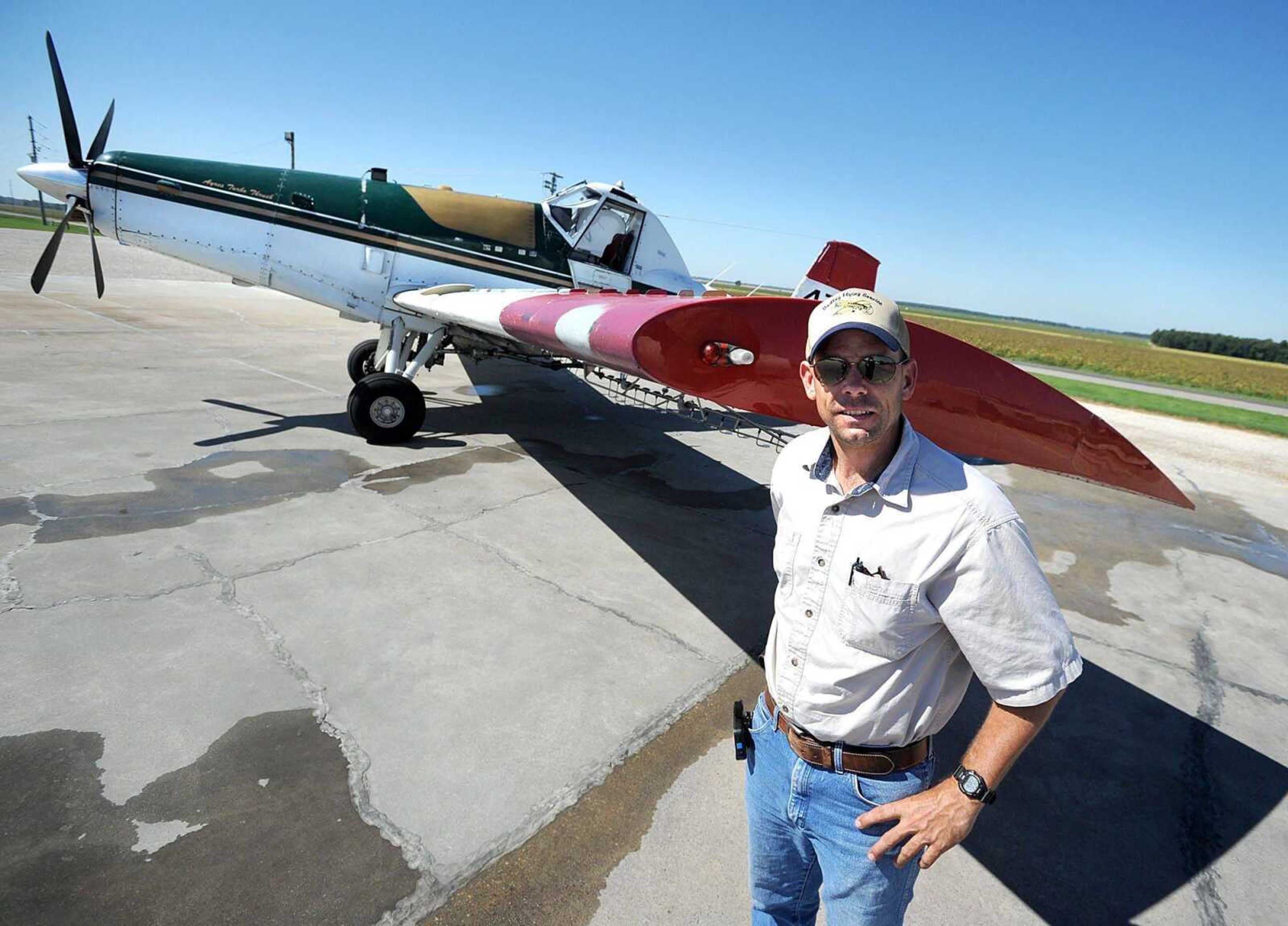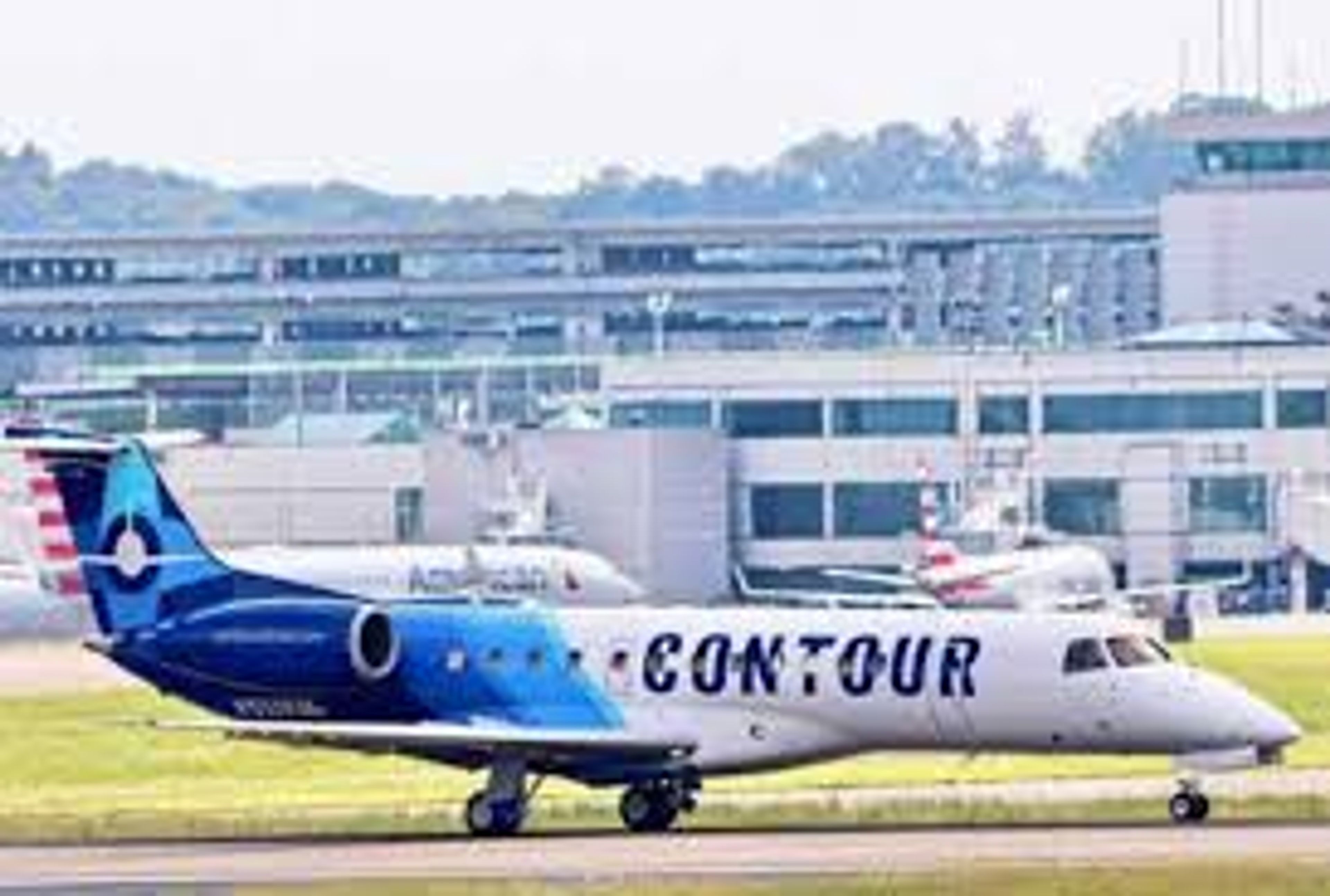Once farmers have their crops in the ground, it's vital to protect their investment. Aerial application of pesticides, fungicides, insecticides or fertilizers -- more commonly known as crop dusting -- is perhaps the most efficient way to distribute product over their acreage. Nationwide, aerial application treats about 71 million acres of cropland each year, according to the National Agricultural Aviation Association.
Timeliness is a major factor when considering crop dusting, says Bruce Benthien of Dudley Flying Service, just south of Dudley, Mo., in Stoddard County.
"An airplane can go over what you can't on the ground. An airplane really comes into play when the field is flooded," he says. "In the winter and the spring, when it's really wet, we utilize the airplane almost exclusively for fertilizers and herbicides and insecticides. On of the main benefits, especially with insect infestation, is that you're able to treat so many more acres with an airplane versus the ground rate."
And when pests or disease are threatening a crop, there's no time to waste: An airplane or helicopter can do more in one hour than ground equipment can do in one day, according to the NAAA. It's also efficient, using less fuel and creating less air pollution.
"There's no soil compaction on the ground; you're not driving over your crop," adds Brent Hampton of Hampton Flying Service in New Madrid County. "As far as time, you can cover a lot of acreage in a day."
But for the agricultural pilots themselves, the job can be dangerous, as Hampton knows firsthand. In April 2011, his plane clipped another -- his father's -- in midair. While his father was able to land safely, Hampton's plane crashed to the ground and he sustained serious injuries.
"You're flying in midair, and when you're at a low level there are some dangers," says Hampton. According to the NAAA, the top risks for aerial applicators are power lines, communication towers, meteorological towers and wind turbines. And while Hampton says he got pretty "banged up" from his plane crash, he's back on the job and loving it.
"I get to fly. Flying is something I've always done," says Hampton, who's 32 and began flying at age 16. "I get to fly airplanes for a living and then come home to my family at night. I'm not on the road all the time."
Connect with the Southeast Missourian Newsroom:
For corrections to this story or other insights for the editor, click here. To submit a letter to the editor, click here. To learn about the Southeast Missourian’s AI Policy, click here.









